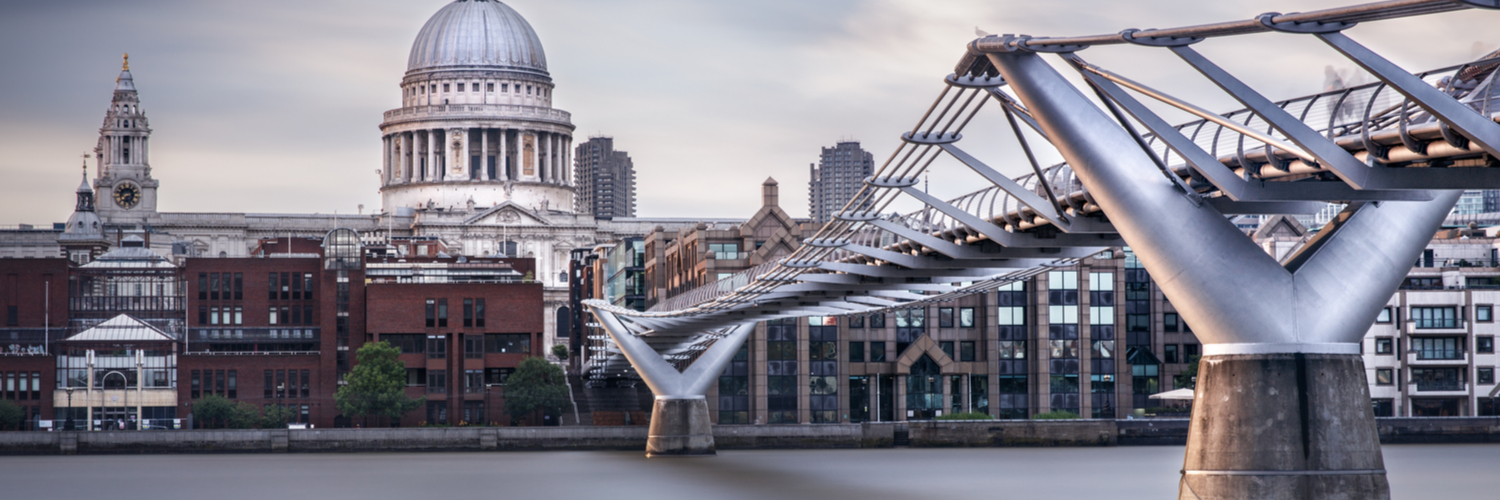The London Millennium Footbridge opened to the public on June 10, 2000. The bridge measures 320 meters long and crosses the River Thames. On opening day, pedestrians walked across the bridge and, to their surprise, it began to sway. While some bridge sway is normal, the swaying got larger and larger until it was deemed unsafe. Luckily there were no serious injuries, but the bridge was immediately closed. Although the bridge was designed to withstand wind and weight, the engineering design did not factor in human behavior.
We can use a Cause Map, an easy-to-read visual diagram representing the cause-and-effect analysis of an incident, to show how a complex problem happened. Although some problems may seem complex and hard to dissect, Cause Maps are an easy way to start the investigation because you start by asking a simple “why” question. You don’t have to have all the information collected nor do you need to know all the answers. Not knowing the answer to a “why” question merely highlights a need to include someone from a different discipline or with different subject matter expertise.
Check out our webinar about Productive Conversations with Multidisciplinary Teams for tips on facilitating these discussions.
What Causes Bridge Wobble
At first, it was widely believed that the wobble was caused by a synchronized pedestrian footstep pattern in response to a slight movement in the bridge. Your body will naturally widen your gait when the surface you are walking on is moving. This in turn exacerbates the swaying because the pedestrian is adding energy to the system.
While this is true, researchers have recently discovered that bridge wobble can still occur in the absence of synchronized pedestrian footstep. It was determined that pedestrians walking randomly and normally can also cause bridge wobble, which is believed to be what occurred in the Millennium Footbridge incident.
Original Design
The Millennium Bridge was built to accommodate approximately 5,000 pedestrians at one time. The bridge support structure included two river piers, eight tension cables, and three sections of 13-foot-wide aluminum deck.
It is well documented that pedestrians can cause and exacerbates bridge sway. Soldiers break step when crossing bridges to avoid bridge sway. Although the design engineers were familiar with this phenomenon, the original design was not sufficient to dampen, or reduce, the sway enough for safe pedestrian access.
To view a Cause Map of the Millennium Bridge incident, click on the thumbnail below.
How to Fix Bridge Wobble
It’s possible that the original bridge design was developed without a robust understanding of how bridge wobble occurs and what actions need to be taken to prevent it. It took almost 2 years to design and install the solution. The Millennium Bridge was retrofitted with an additional 89 dampers to reduce the wobble to a safe level. This included 37 energy dissipating dampers to control the horizontal movement and 52 inertial dampers to control the vertical movement.
If you are interested in learning more about an example where a bridge was destroyed by wind, check out our case study of the Tacoma Narrows Bridge.











